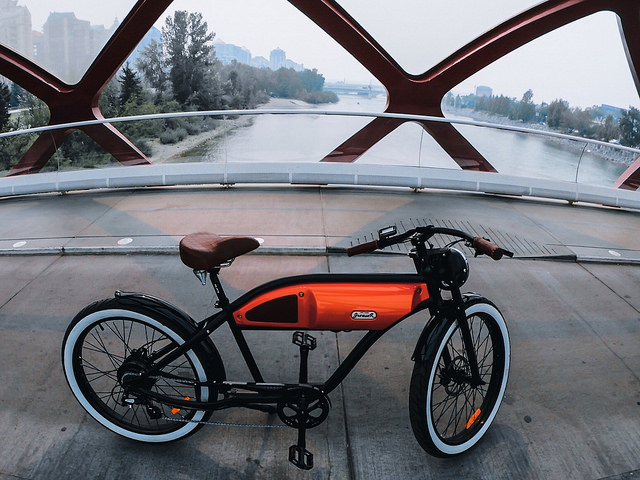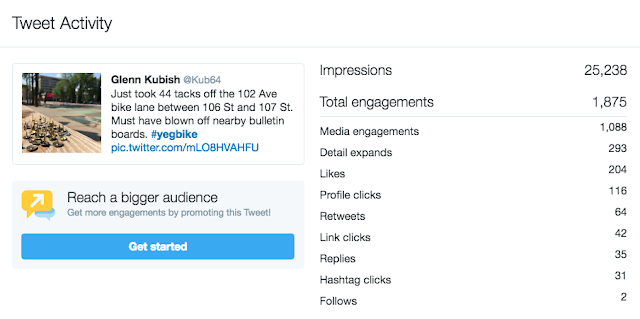
Finally, Calgary finally has a bike-share program. In the video below, I detail my first experience with it. Now, pat us on the back for joining the rest of the world, where such systems have been enjoyed for years.
But I’ve been thinking a bit more since I finished the video, and there are two big problems that face the success of the system in these early days.
Correction to the video above: Cost is $1/unlock + $0.30/min to ride.
E-bikes: I love e-bikes, and at first I was happy that Lime decided to enter the Calgary market with only pedal-assist bikes available. But there’s a shortcoming.
One of the great things about e-bikes is their ability to ease the ascending of big hills. Calgary’s downtown is in the valley of two rivers, meaning big hills surround it. This has long been one of the things discouraging some people from bicycle commuting downtown. However, Lime’s home area – the area where you are permitted to leave the shared e-bikes – excludes many of these hilly areas. That means the places where e-bikes would be of most benefit are excluded from use.
This isn’t a deal-breaker, but it’s a missed opportunity. Hopefully, Lime will take this into consideration when considering the long-term feasibility of the program.
Obscure e-bike helmet law: I’ve always taken a bit of pride in the fact that Calgary has avoided the folly of our
This means that to legally ride a Lime e-bike in Calgary, you need to wear a helmet. So unless you happen to carry a helmet around with you, just in case, your opportunities to ride will be limited. If you are one of those multi-modal commute planners who uses Lime to complete the last mile of your journey, I can imagine you planning to bring a helmet along. For the rest of us, those opportunistic rides will be mostly off-limits.
This law feels like antiquated, written when motor-assisted bicycles were mopeds and two-stroke gas sippers, not the high-tech pedal-assisted bikes of today. Let’s hope the provincial government brings the law up to date. While they’re at it, maybe they can update all the laws around e-bikes – California’s legislation is a good place to start.
Because of these factors, I can’t see myself using this first wave of Lime e-bikes much in the foreseeable future. I’ll be holding out more for the spring, when the system expands to include old-school pedal bikes and another company enters the fray.
Baby steps, Calgary.
For more videos like this, please subscribe to our YouTube channel.
Follow Tom Babin on Twitter, Facebook, Instagram or Medium.
You can also follow Shifter on Facebook or Medium.
Tom Babin is the author of Frostbike: The Joy, Pain and Numbness of Winter Cycling.
















